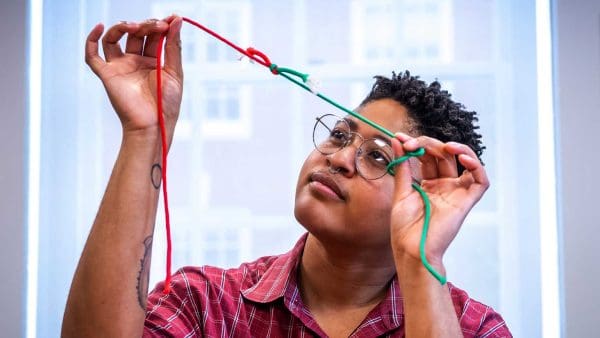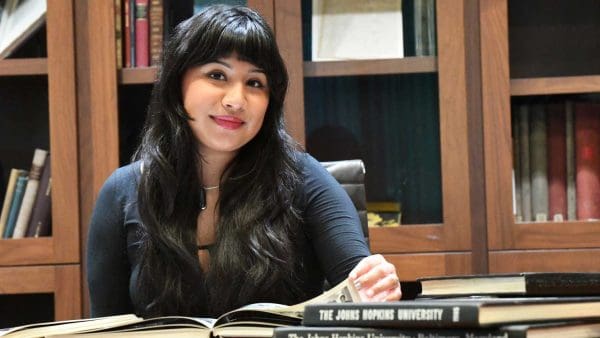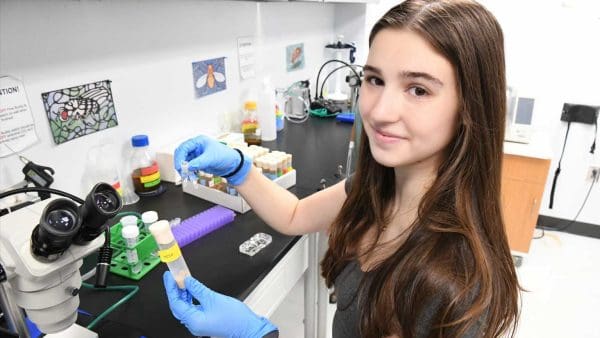Growing up in Harrisburg, Pennsylvania, Paul Gensbigler loved recreating in nearby Conodoguinet Creek. With each passing year, though, he noticed fewer and fewer fish, as green algae increasingly choked the waterway.
This disconcerting observation stuck with Gensbigler after he arrived at Johns Hopkins. Though originally on the pre-med track, on a whim he enrolled in an environmental class taught by Anand Gnanadesikan, professor in the Department of Earth and Planetary Sciences. Gensbigler and Gnanadesikan began talking after class, especially about the health of the Chesapeake Bay.
Gensbigler learned more about the degradation he’d witnessed in his hometown creek, which feeds into the mighty Susquehanna River, which in turn serves as the main feeder for the Chesapeake Bay. As the nutrient nitrogen, primarily from agricultural fertilizer runoff, flows downriver, it triggers algal blooms. The algae then die and sink to the bottom, where decomposer bacteria pull oxygen out of the water and form “dead zones,” where fish, crabs, and other valued and commercially important creatures cannot survive.
Understanding how microbes cycle
Fascinated by these connections and hoping to restore waterways both ecologically and economically, Gensbigler became a mentee of Gnanadesikan. With support from a Provost’s Undergraduate Research Award, Gensbigler is now helping answer unresolved questions about the kinds of bacteria removing nitrogen from the Bay.

The Bay is more than just a body of water…[it] is like a living thing, cycling nutrients, and we have a poor understanding of where, when, and which microbes are doing this cycling.”
—Paul Gensbigler ’24
“The Bay is more than just a body of water,” says Gensbigler, a sophomore majoring in molecular and cellular biology. “The Bay in some ways is like a living thing, cycling nutrients, and we have a poor understanding of where, when, and which microbes are doing this cycling.”
“If we find out more about the factors affecting nitrogen cyclers, we can better understand the future of the Bay,” Gensbigler adds.
Gensbigler’s second advisor, Sarah Preheim, an assistant professor in the Whiting School of Engineering’s Department of Environmental Health and Engineering, taught him how to extract microbial DNA from water samples. This spring, Gensbigler has been gathering water samples with fellow undergraduate James “Alastair” Powers on Powers’ boat that they launch from Sandy Point State Park. Back in the lab, Gensbigler and Powers measure the rate of denitrification and identify the denitrifying bacteria in these water samples.
Changing our thinking
In this way, Gensbigler is studying temporal and locational shifts in the distribution of algae-decomposing microbes. Intriguingly, Gensbigler has found evidence that these denitrifying bacteria occupy shallow waters in spring months, and not just deep waters during summer months as expected. “If this anomaly is borne out, it could significantly change our thinking about denitrification in the Bay,” says Gensbigler.
When not out on the Bay or in the lab, Gensbigler is often in a pool playing for the Johns Hopkins water polo team.
“I’m around water as much as I can be,” he says.




